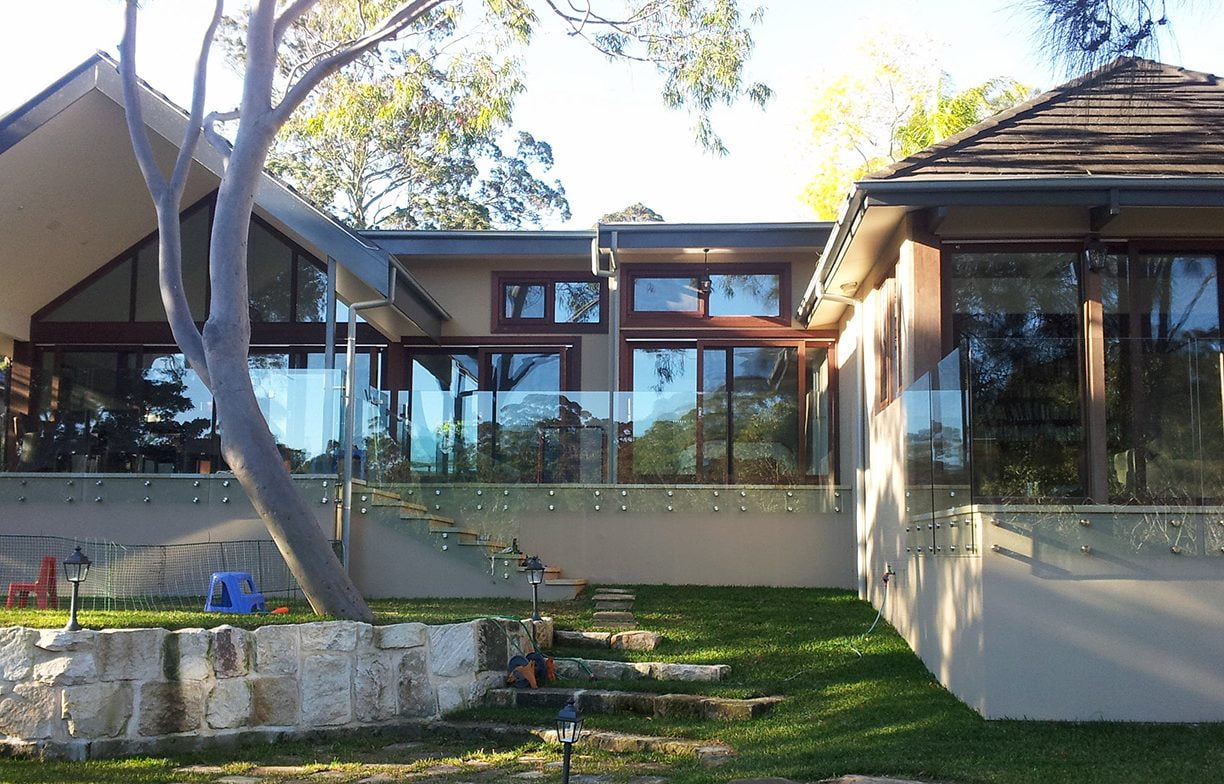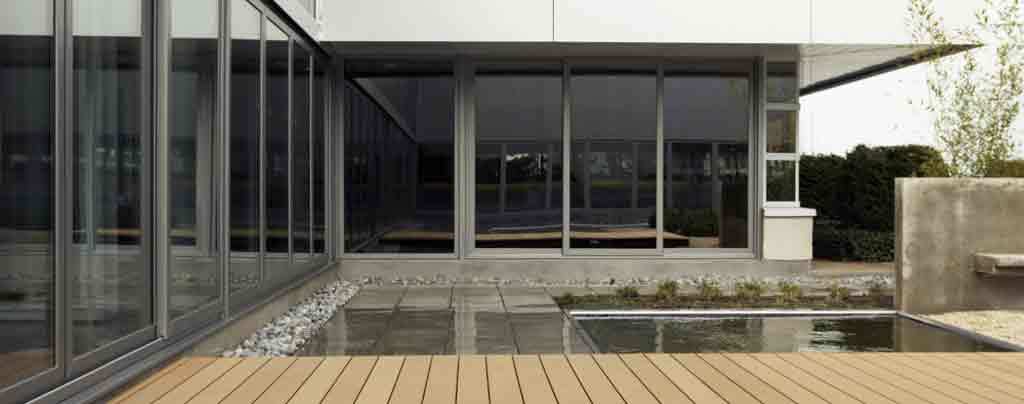All Categories
Featured
Table of Contents
Top 10 Tips To Keep Your Home Cool in Coogee Western Australia
Glazing simply suggests the windows in your house, including both openable and fixed windows, in addition to doors with glass and skylights. Glazing really simply implies the glass part, but it is normally utilized to refer to all elements of an assembly consisting of glass, films, frames and furnishings. Taking notice of all of these elements will help you to attain reliable passive design.

Energy-efficient glazing makes your house more comfortable and considerably decreases your energy expenses. Inappropriate or inadequately created glazing can be a significant source of undesirable heat gain in summer and considerable heat loss and condensation in winter season. Up to 87% of a house's heating energy can be gotten and as much as 40% lost through windows.
Save Energy With Double Glazed Windows in Salter Point WA
Glazing is a substantial investment in the quality of your home. The cost of glazing and the expense of heating and cooling your home are closely related. A preliminary financial investment in energy-efficient windows, skylights and doors can significantly reduce your yearly heating and cooling costs. Energy-efficient glazing also reduces the peak heating and cooling load, which can decrease the required size of an air-conditioning system by 30%, leading to more cost savings.

This tool compares window selections to a base level aluminium window with 3mm clear glass. Comprehending some of the crucial homes of glass will assist you to pick the very best glazing for your house. Key properties of glass Source: Adapted from the Australian Window Association The quantity of light that goes through the glazing is called noticeable light transmittance (VLT) or noticeable transmittance (VT).
Why Double-glazed Windows Are A Must in Mount Nasura Western Australia
This might lead you to change on lights, which will result in greater energy costs. Conduction is how easily a material performs heat. This is called the U value. The U value for windows (expressed as Uw), describes the conduction of the entire window (glass and frame together). The lower the U worth, the higher a window's resistance to heat circulation and the better its insulating value.
If your house has 70m2 of glazing with aluminium frames and clear glass with a U worth of 6. 2W/m2 C, on a winter's night when it is 15C chillier outside compared with indoors, the heat loss through the windows would be: 6. 2 15 70 = 6510W That is equivalent to the total heat output of a large space gas heater or a 6.
Keeping Your Cool: The Benefits Of Double Glazed ... in Kinross Perth

If you choose a window with half the U worth (3. 1W/m2 C) (for example, double glazing with an argon-filled gap and less-conductive frames), you can halve the heat loss: 3. 1 15 70 = 3255W The solar heat gain coefficient (SHGC) for windows (revealed as SHGCw) measures how easily heat from direct sunshine streams through a whole window (glass and frame together).
The lower a window's SHGC, the less solar heat it transfers to your home interior. Glazing manufacturers state an SHGC for each window type and style. However, the actual SHGC for windows is impacted by the angle that solar radiation strikes the glass. This is called the angle of occurrence.
Why Is Double Glazing So Important In Winter? in Safety Bay Perth
When the sun is perpendicular (at 90) to the glass, it has an angle of occurrence of 0 and the window will experience the maximum possible solar heat gain. The SHGC stated by glazing makers is always computed as having a 0 angle of occurrence. As the angle increases, more solar radiation is shown, and less is transferred.
Table of Contents
Latest Posts
Benefits Of Having Double Glazing Windows In The Summer in Westfield Western Australia
Does Double Glazing Have A Vacuum? in Greenmount WA
The Science Behind Double Glazed Windows in Kenwick Perth
More
Latest Posts
Benefits Of Having Double Glazing Windows In The Summer in Westfield Western Australia
Does Double Glazing Have A Vacuum? in Greenmount WA
The Science Behind Double Glazed Windows in Kenwick Perth